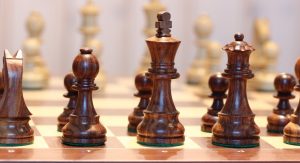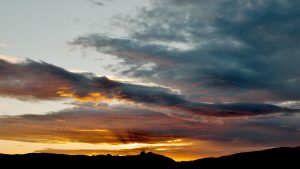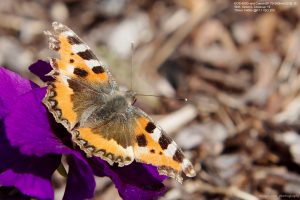Apologies, but no results were found for the requested archive. Perhaps searching will help find a related post.
Apologies, but no results were found for the requested archive. Perhaps searching will help find a related post.



A Small Tortoiseshell butterfly stopped for a brief moment
